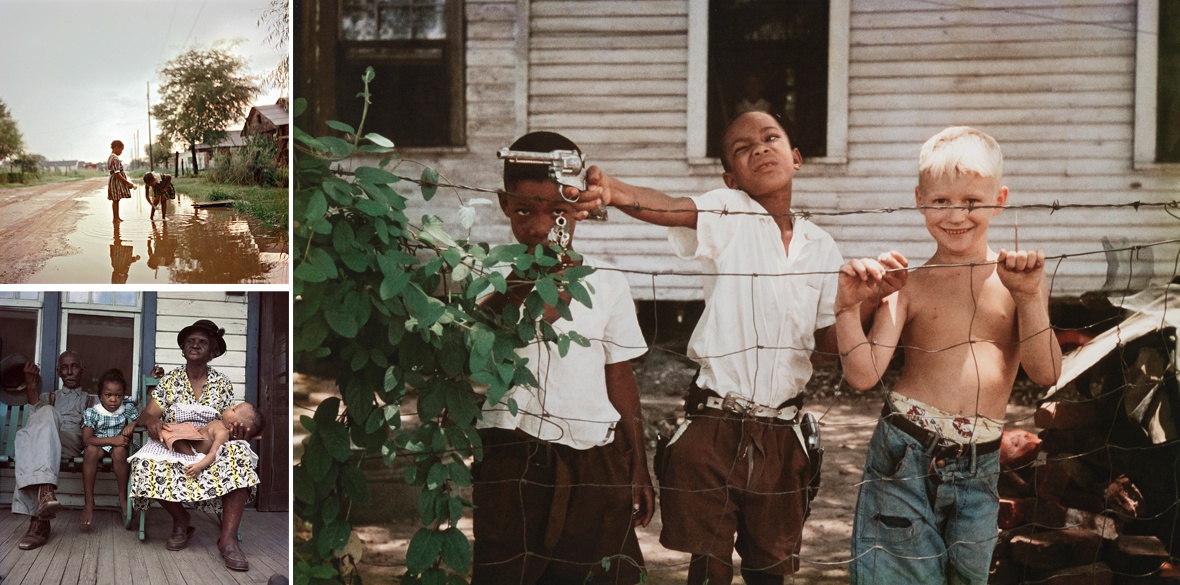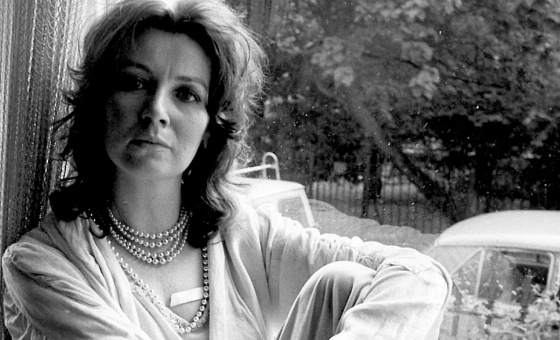This is the last article you can read this month
You can read more article this month
You can read more articles this month
Sorry your limit is up for this month
Reset on:
Please help support the Morning Star by subscribing here
IN THE wake of the protests that have erupted across the US after the death of George Floyd at the hands of Minneapolis police and the global response to it by the Black Lives Matter movement, many activists have shared images taken by the photographer Gordon Parks (1912-2006).
In comparison with other documentary photographers of his generation, Parks has remained in the shadows, beyond being recognised as the first black photographer to break the colour bar in the US. He is, however, one of the great US photographers, black or white.
Though primarily self-taught, Parks’s education was influenced by other artists and mentors he encountered in the early part of his career. He would go on to achieve extraordinary success in his field, a major accomplishment for an Afro-American photographer during the 1940s.
As this exhibition at London's Alison Jacques Gallery demonstrates, his beautifully composed images incorporate an understated power. They reveal not only a deep understanding of racial discrimination and hardship in the US but, by implication, they demand action.
Parks’s interest in taking photographs stemmed from a desire to create meaningful change. As he said: “I saw that the camera could be a weapon against poverty, against racism, against all sorts of social wrongs.”
Born into poverty and segregation in Fort Scott, Kansas, Parks had a life-long commitment to social justice. He rapidly developed a strong personal style, focusing on race relations, poverty, civil rights and urban life. He was also a writer, composer, and filmmaker, directing several feature films, including Shaft (1971).
He created some of his most pivotal pictures as the only black staff photographer on Life magazine during his two-decade tenure at the publication from 1948 onwards.
Gordon Parks: Part One — part two follows in September — focuses on two defining stories, Segregation in the South (1956) and Black Muslims (1963). It was a critical period in Parks’s career, coinciding with the emergence of the civil rights movement.
His visionary images gave visibility to marginalised, anonymous families and misrepresented figures in US society.
Segregation in the South chronicles racial division in 1950s Alabama. Standing apart from the civil-rights photography of this period, which often focused on violent confrontations, Parks chose to illustrate this time through affirmative images of community life.
Serene in tone, they focuse on mundane activities. Parks wanted his work to inspire empathy because “I felt it is the heart, not the eye, that should determine the content of the photograph,” he said.
In Black Muslims, Parks offered the world a multifaceted view of the Black Muslim movement that had started to gather momentum in the US at the beginning of the 1960s and Parks’s depictions helped question preconceived and prejudiced attitudes towards the Black Power movement.
A timely exhibition, if ever there was one.
Runs until August 1, opening times: alisonjacquesgallery.com











